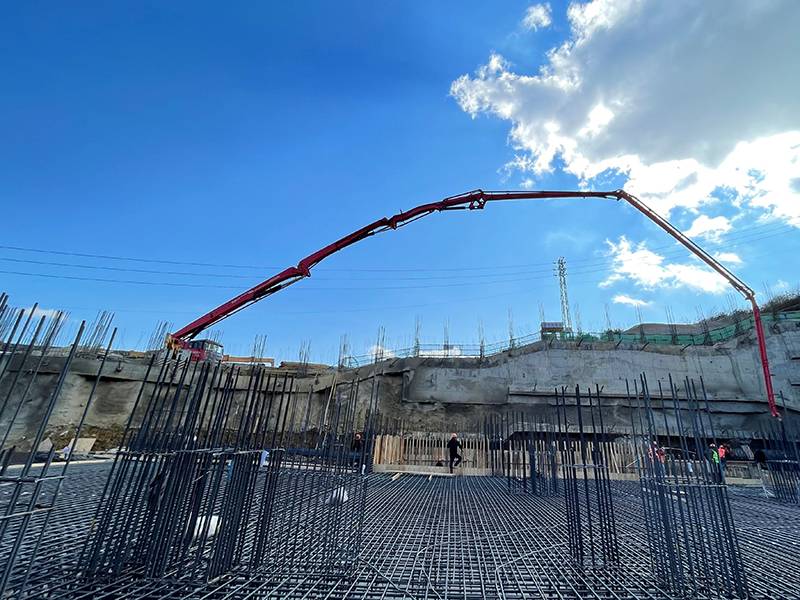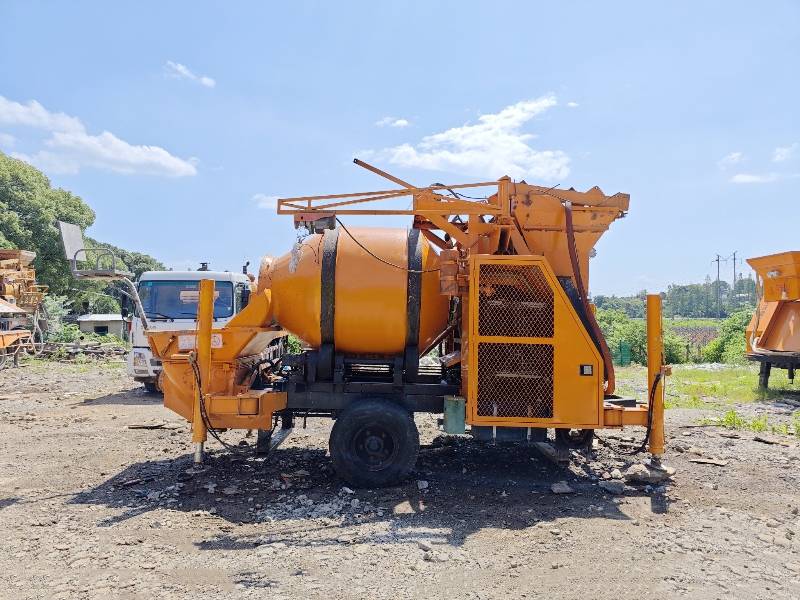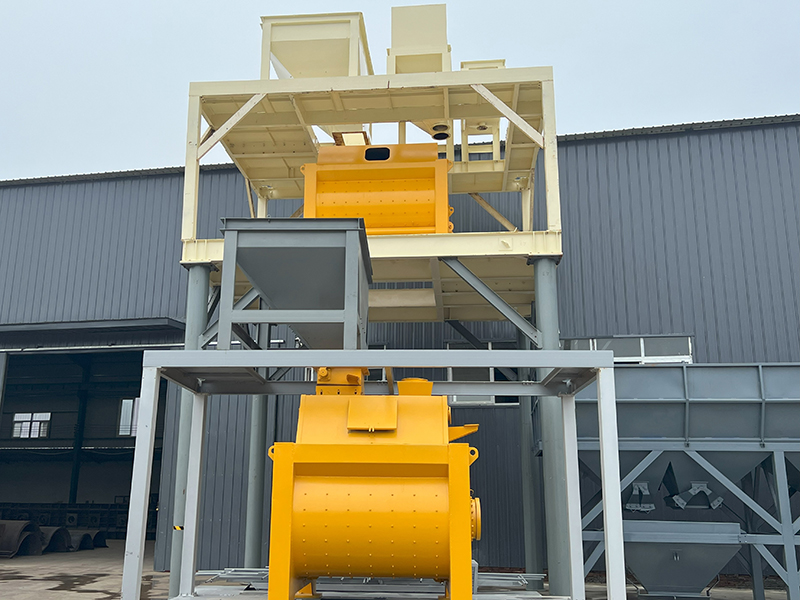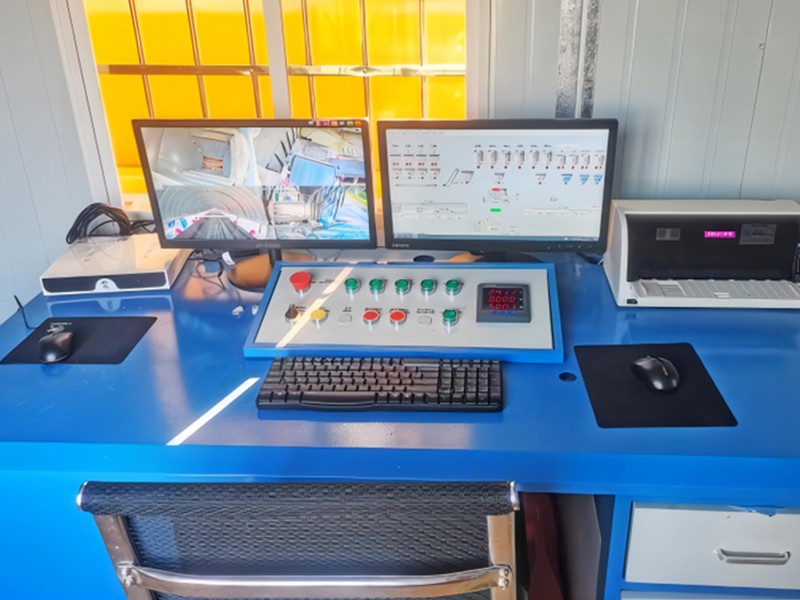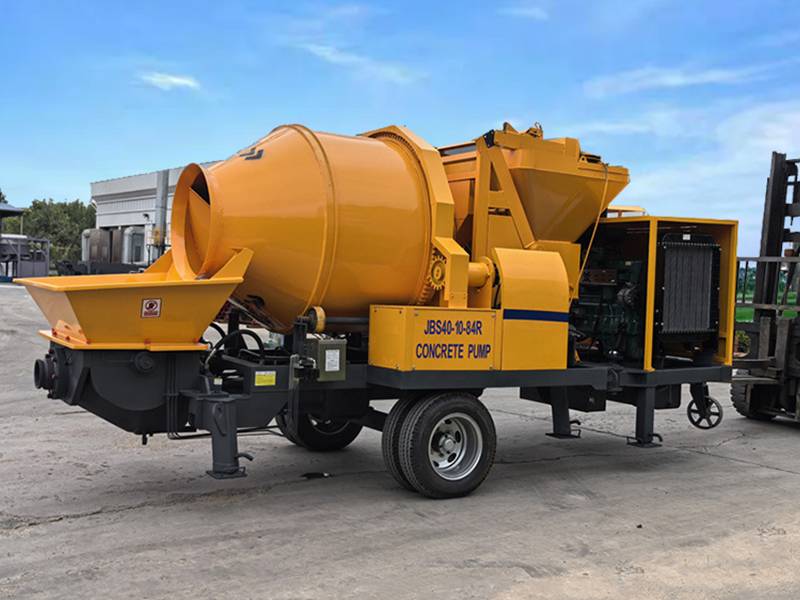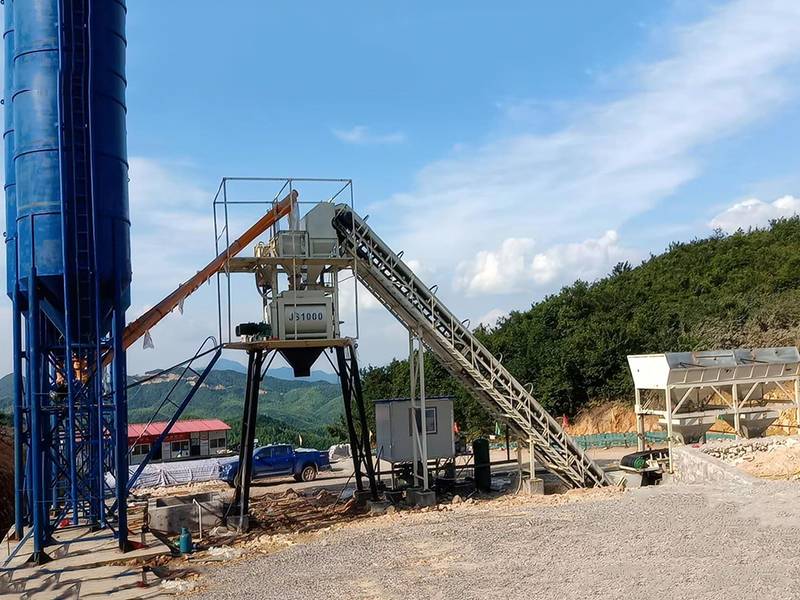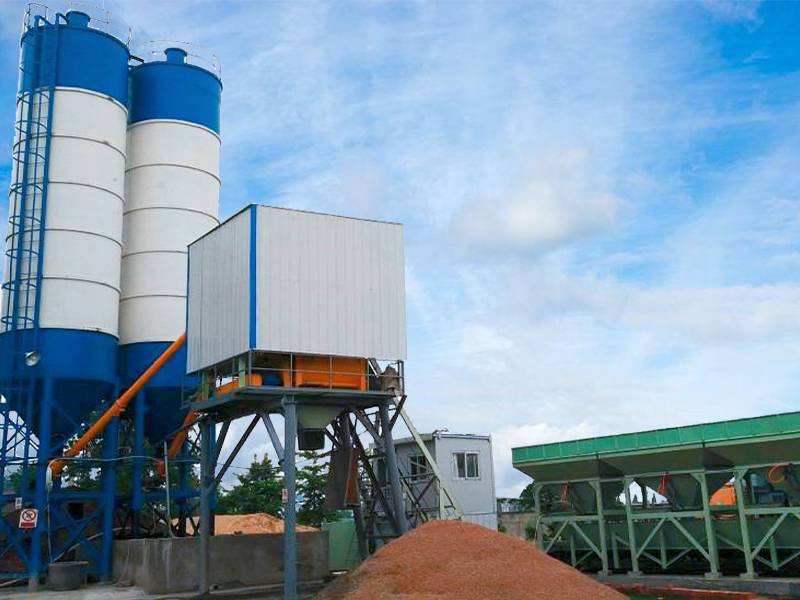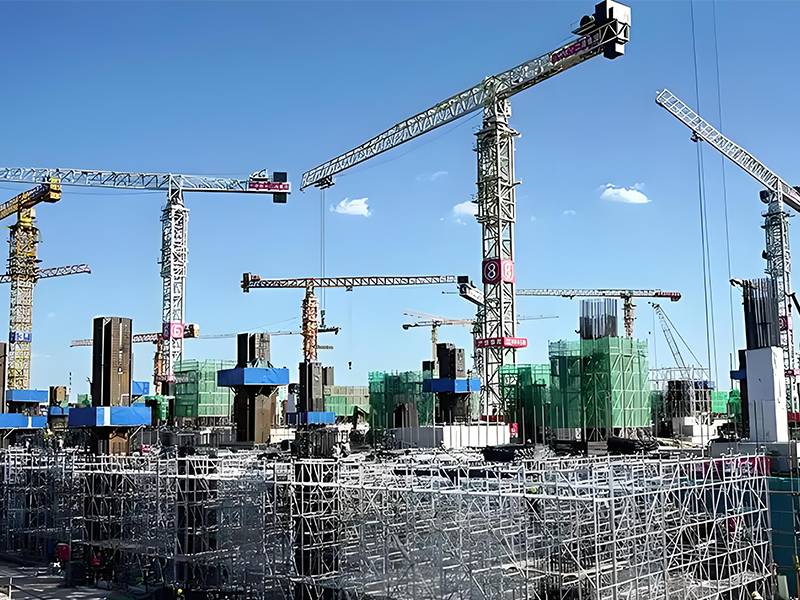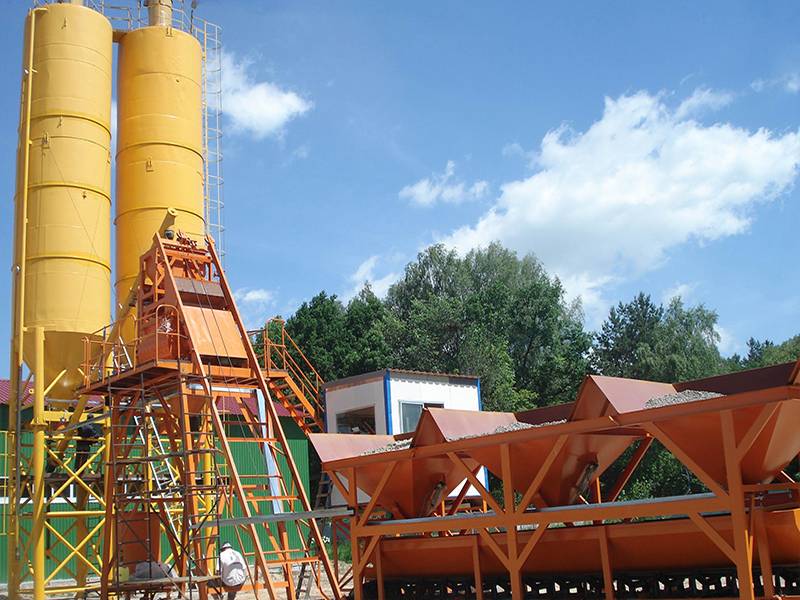How To Avoid Concrete Cracks During Construction?
During the construction process, avoiding concrete cracks is a crucial link, which is related to the overall quality and safety of the building. Here are some effective preventive measures: 1. Material selection and proportion Strictly control the water-cement ratio: When preparing concrete, strictly control the water-cement ratio to avoid high water consumption per unit volume or excessive cement addition, which helps to reduce the shrinkage of concrete and improve crack resistance. Choose high-quality raw materials: Select qualified raw materials such as cement, sand and gravel, and test the stability of cement, free calcium oxide content, etc. to ensure that they are qualified. Reasonably add admixtures: In the preparation of large-volume concrete, retarding, water-reducing, and micro-expansion admixtures can be added to improve the performance of concrete and reduce the occurrence of cracks. 2. Construction process control Vibration compaction: Concrete should be vibrated and compacted to eliminate bubbles in it, so that the concrete is densely combined and the early crack resistance is improved. Secondary vibration: Secondary vibration within 1 to 4 hours before the initial setting of concrete usually achieves better...



